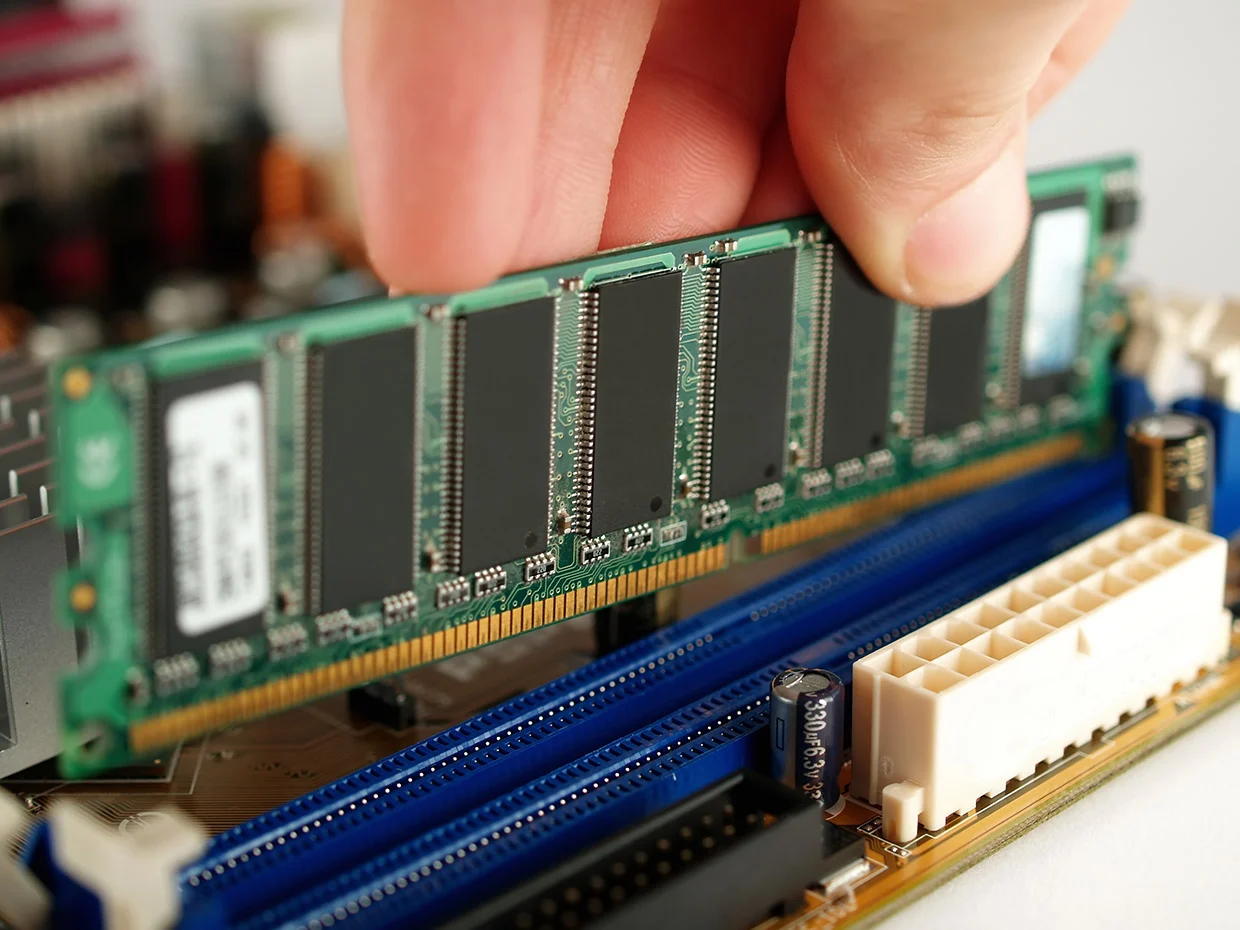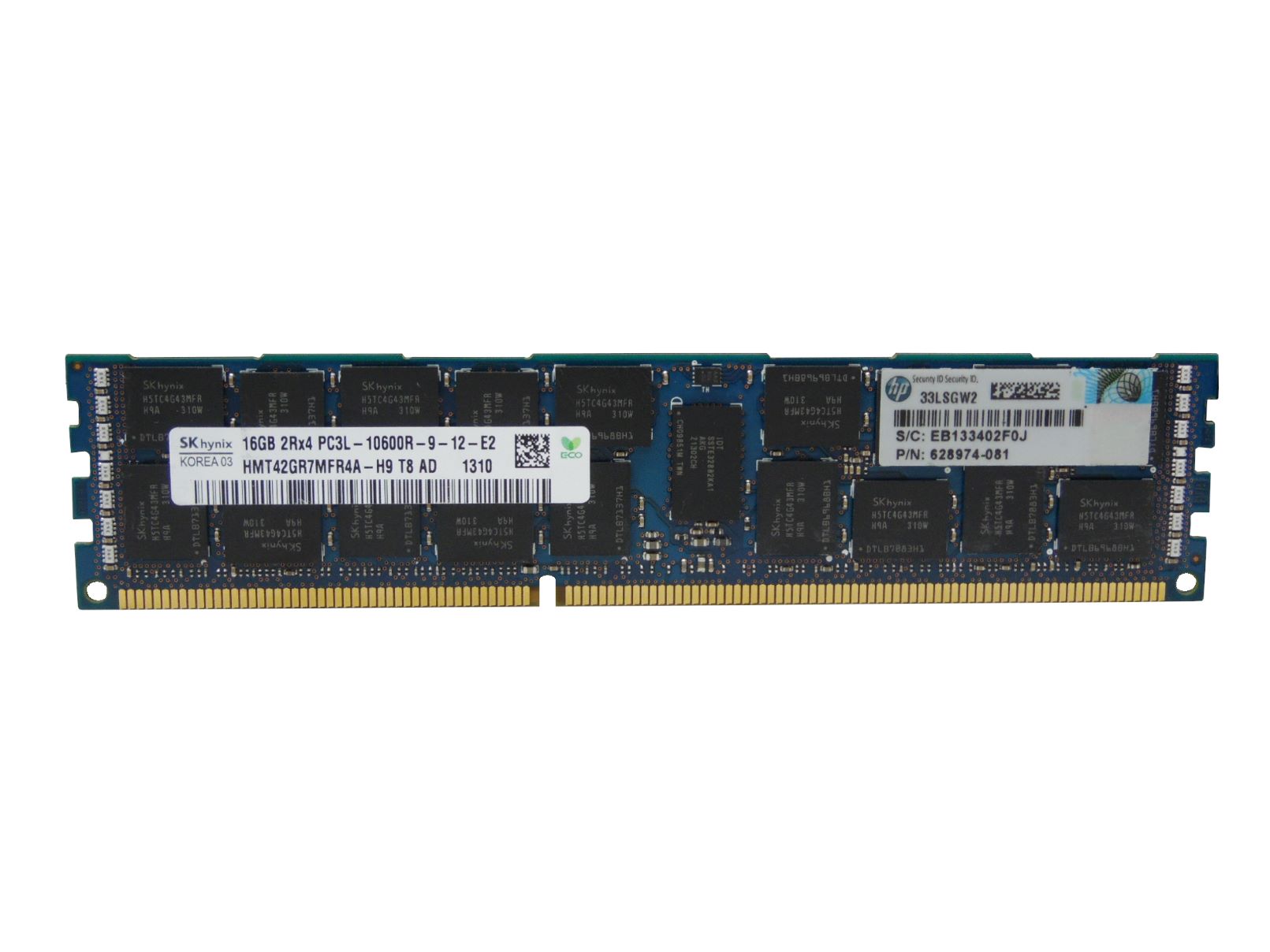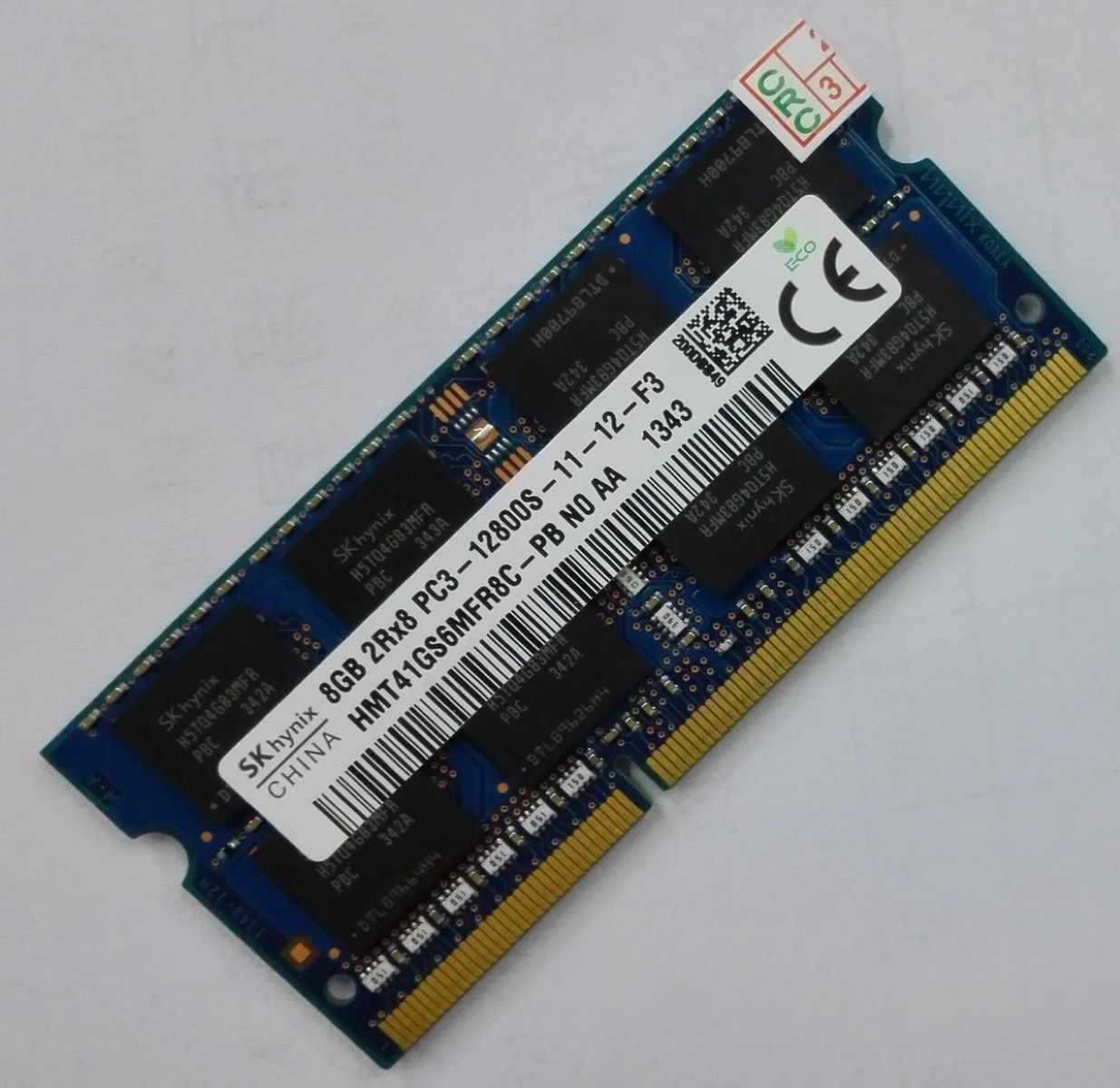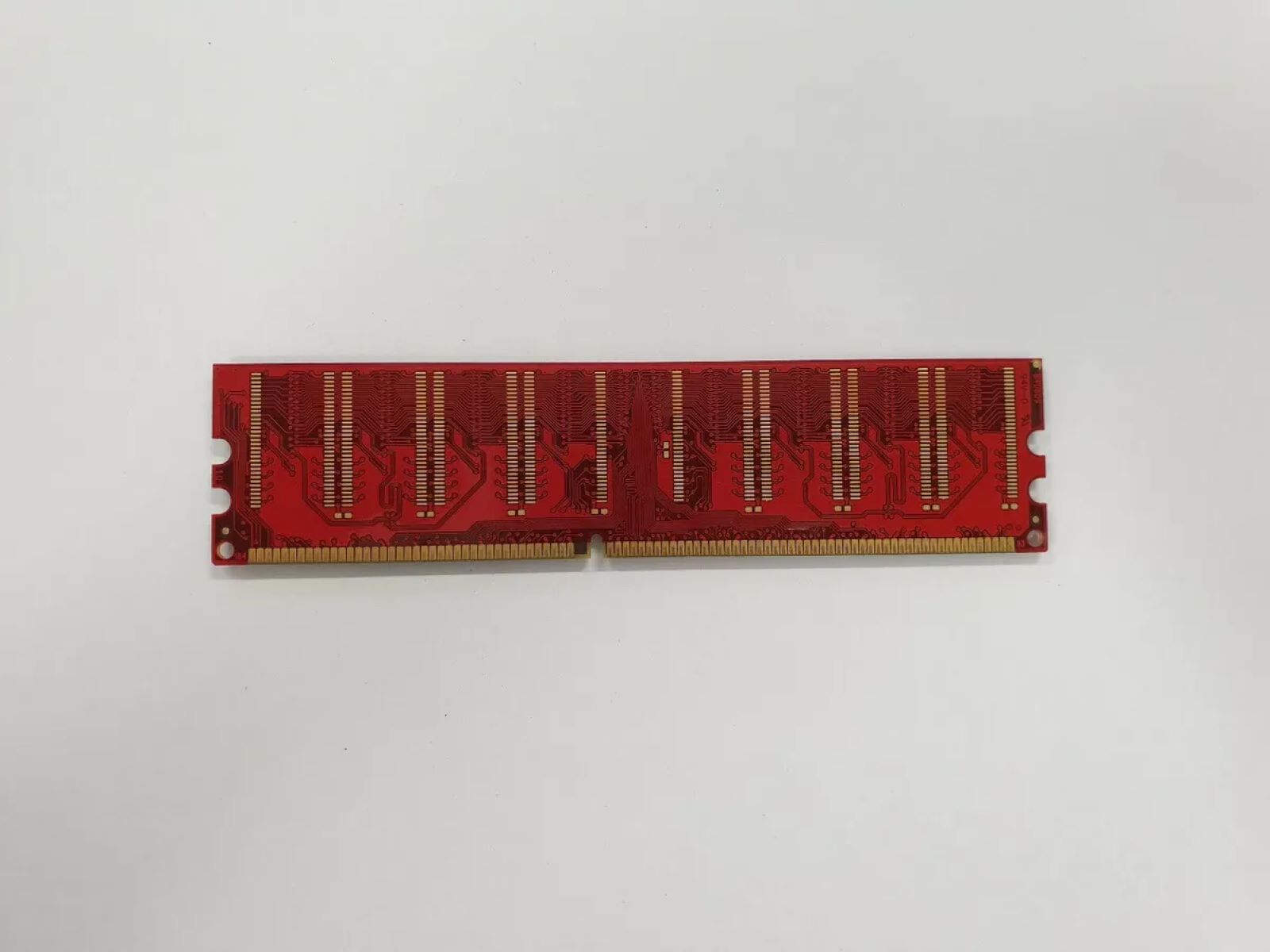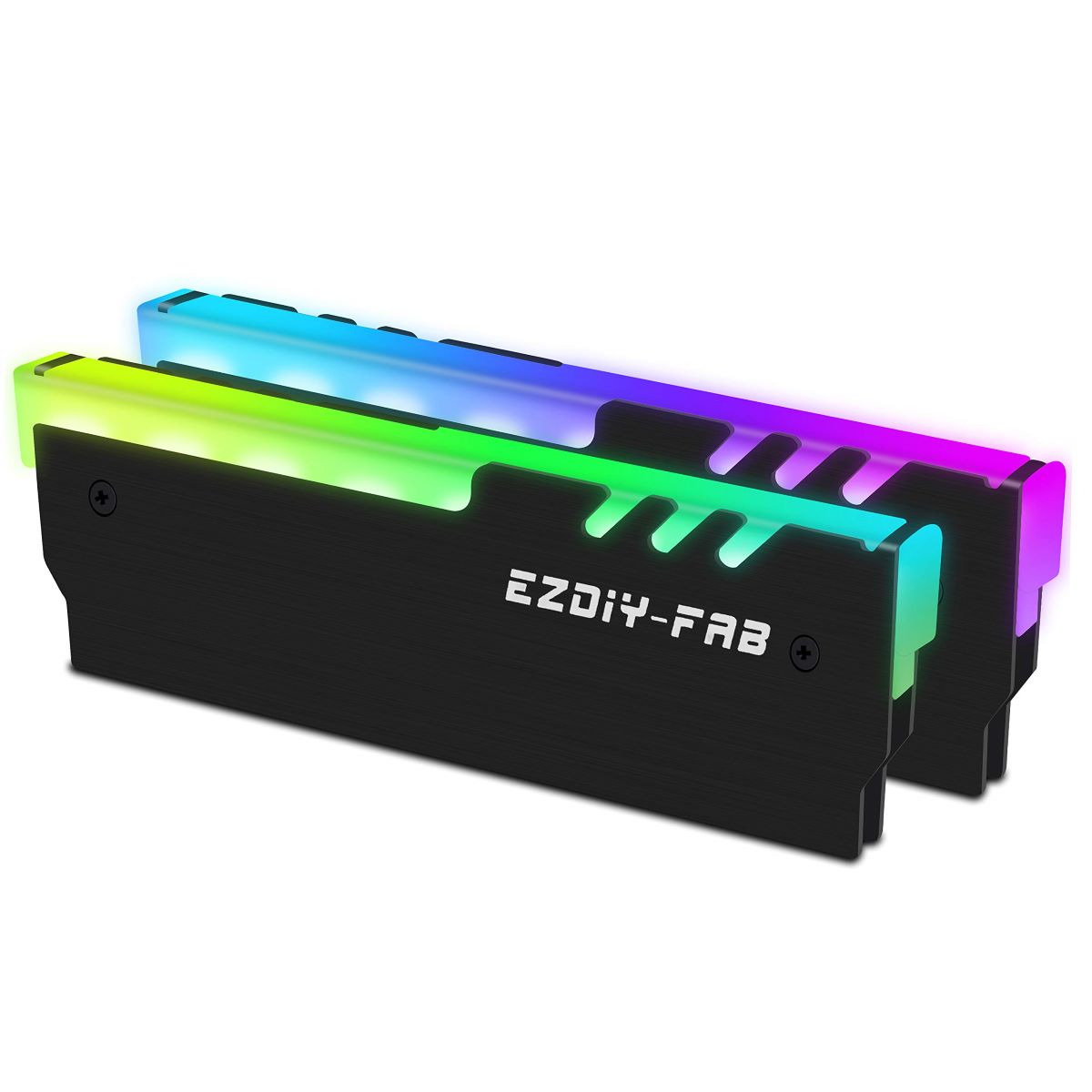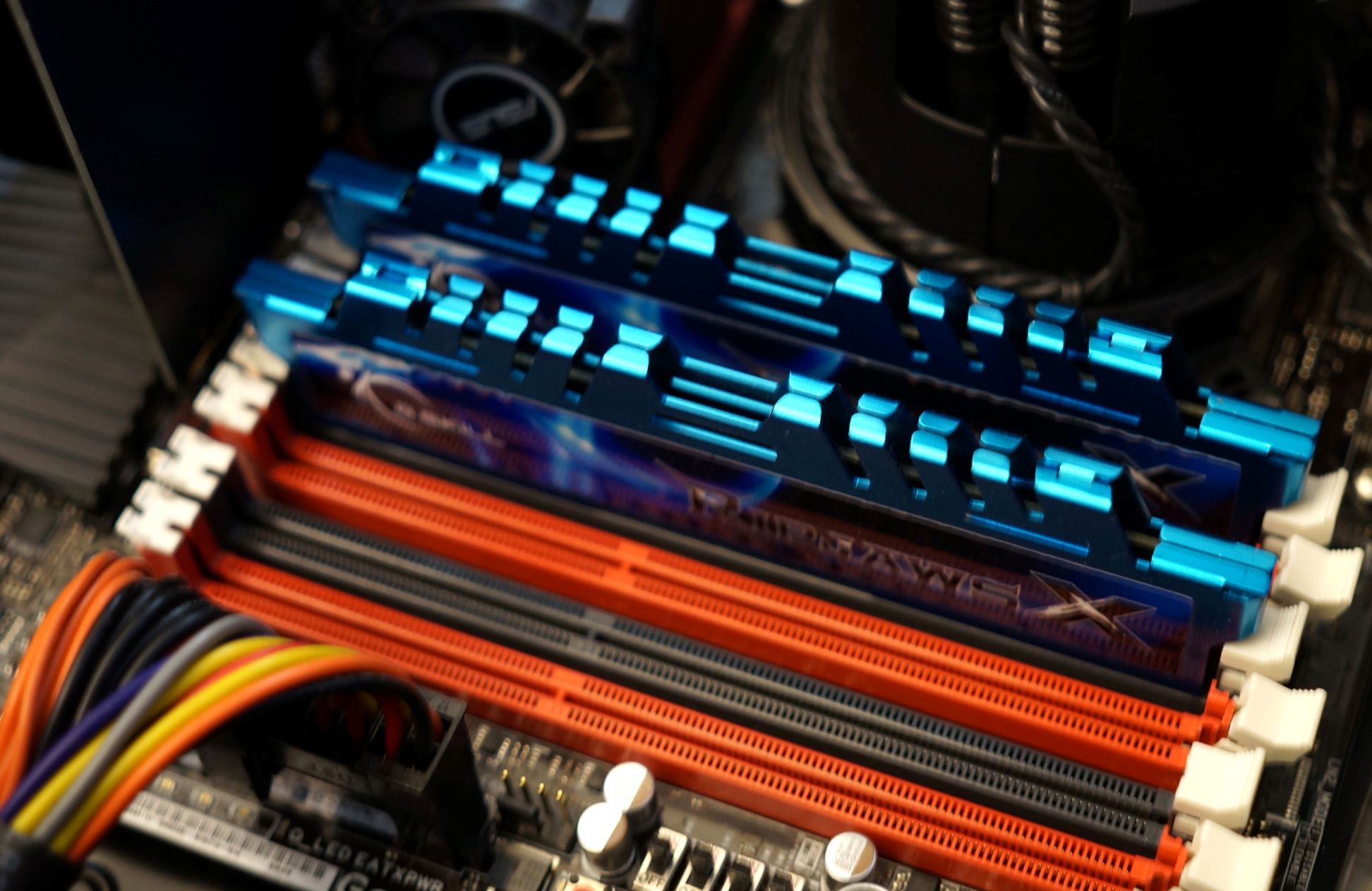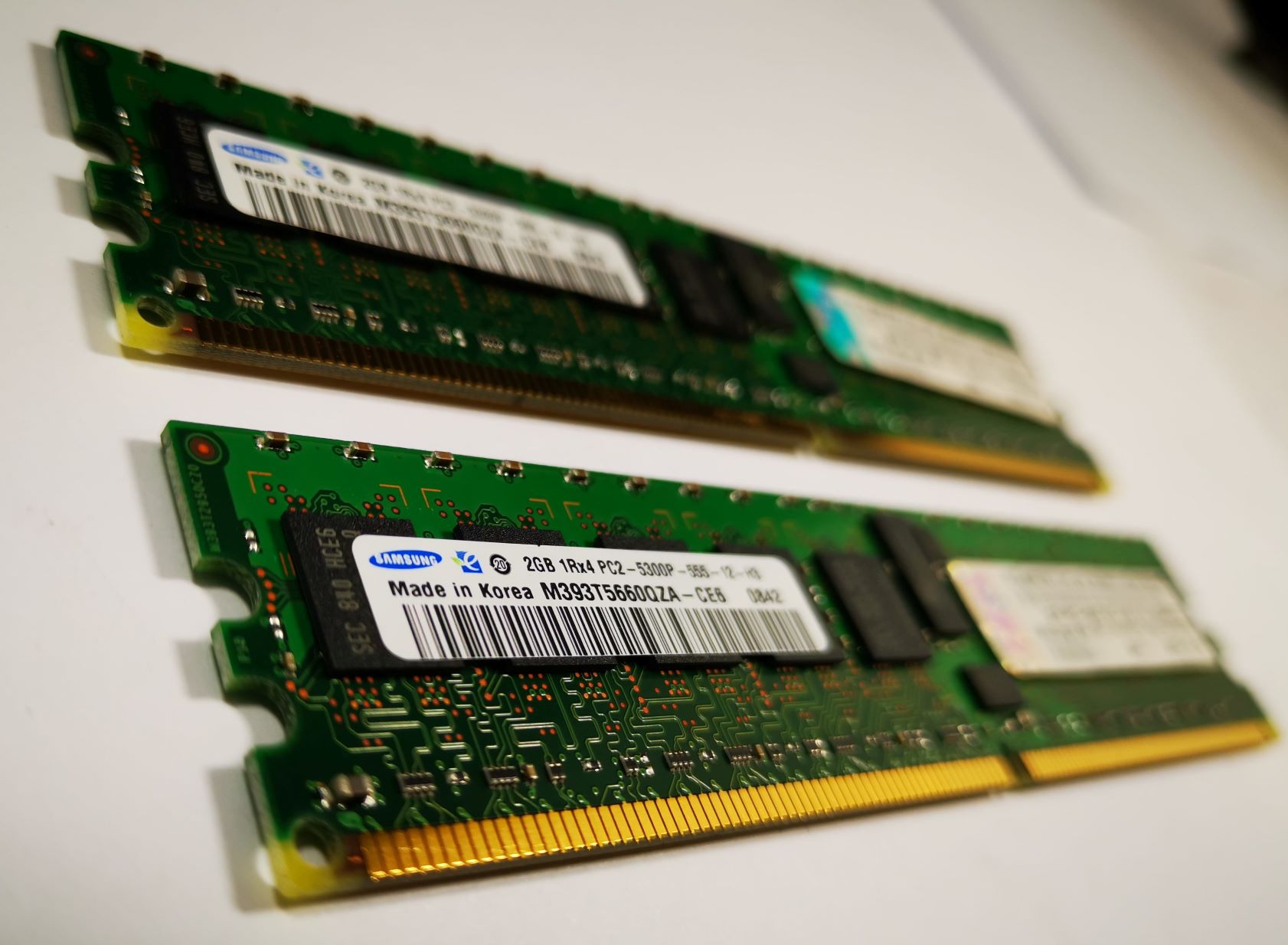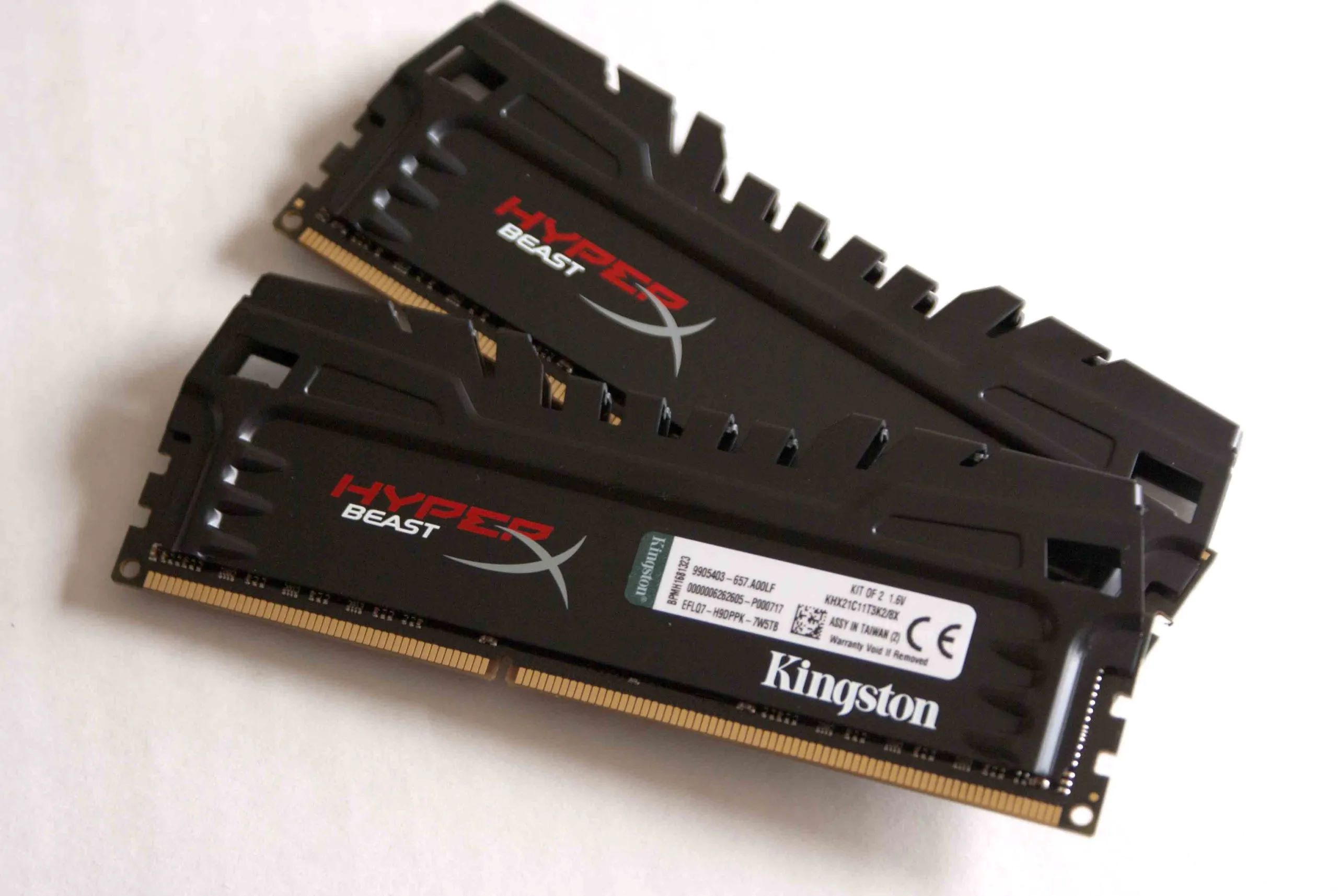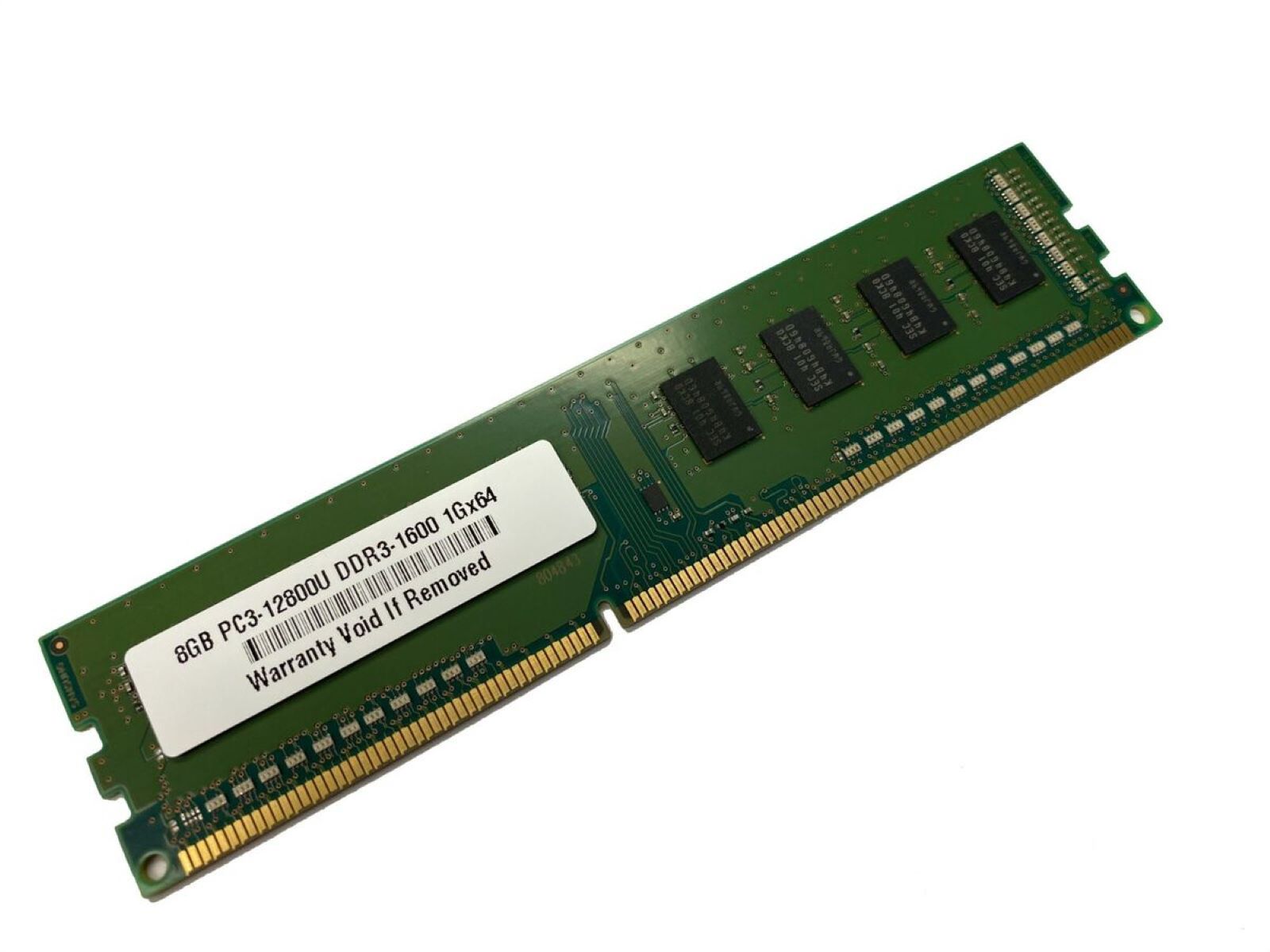Introduction
Welcome to the fascinating world of computer hardware! As you navigate through the intricacies of technology, you’ve probably come across the term “RAM.” But what exactly does it mean? In this article, we will unravel the mysteries of RAM and enlighten you on its significance in the world of computing.
RAM, which stands for Random Access Memory, is a fundamental component of any computer system. It plays a crucial role in the performance and overall functionality of your device, enabling it to carry out tasks efficiently and effectively. Simply put, RAM serves as the temporary workspace for your computer, allowing it to swiftly access and manipulate data required by various programs and processes.
Understanding the significance of RAM is vital for both casual users and tech enthusiasts alike. Whether you enjoy gaming, running complex software, or simply using your computer for everyday tasks, having a solid understanding of RAM will empower you to make informed decisions when it comes to upgrading or purchasing a new system.
In the following sections, we will delve deeper into the intricacies of RAM. We will explore how it works, why it is essential, the different types available, and how much RAM you might need for your specific use case. We will also provide valuable insights on how to upgrade your RAM if necessary, along with some practical tips to optimize its performance.
So, grab your virtual toolbelt, put on your problem-solving hat, and join us on this journey to unravel the wonders of RAM and unlock the true potential of your computer!
Definition of RAM
RAM, or Random Access Memory, is a type of computer memory that is used for temporarily storing and accessing data that the computer needs to perform various tasks. It is a volatile memory, which means that its contents are erased when the computer is powered off.
Think of RAM as the short-term memory of your computer. When you open an application or run a program, the necessary data is loaded into RAM, allowing the CPU (Central Processing Unit) to quickly access and process it. This temporary storage allows for faster data retrieval compared to accessing data directly from the computer’s permanent storage, such as the hard drive or SSD (Solid State Drive).
RAM is organized into small, equally-sized storage units called memory cells. Each memory cell has a unique address, which allows the computer to read from or write to a specific location in RAM. This random access capability gives RAM its name.
RAM operates at a much faster speed than the permanent storage devices, enabling the computer to retrieve and process data quickly. The speed of RAM is measured in nanoseconds (ns) or megahertz (MHz), indicating how quickly data can be accessed from or written to the memory cells.
It is important to note that RAM is a type of volatile memory, meaning that it requires continuous power to retain its stored data. When the computer is turned off or restarted, the contents of RAM are lost, and the memory is cleared. This is why it is essential to save your work or data to a permanent storage device before turning off your computer to avoid data loss.
In summary, RAM is the temporary storage space where data is held while the computer is in operation. It allows for faster data access and processing compared to permanent storage devices like hard drives or SSDs. RAM is a vital component of any computer system, and its capacity and speed can greatly impact the overall performance and responsiveness of your device.
Why is RAM important?
RAM plays a critical role in the overall performance and functionality of your computer. Here’s why RAM is so important:
1. Running multiple programs: RAM allows you to run multiple programs simultaneously without experiencing significant slowdowns. Each program requires a certain amount of memory to operate smoothly, and having sufficient RAM ensures that your computer can handle the workload efficiently. Insufficient RAM can lead to sluggish performance, freezing, or even crashes.
2. Enhancing multitasking capabilities: RAM enables smooth multitasking by providing the resources necessary to switch between different applications quickly. Whether you’re editing documents, browsing the web, streaming videos, or playing games, having ample RAM ensures a seamless experience, with no lag or delays.
3. Improving system responsiveness: RAM stores frequently accessed data for quick retrieval. This means that the more RAM you have, the more data your computer can hold in its temporary workspace, resulting in faster access times and improved system responsiveness.
4. Optimizing software performance: Many software applications, especially resource-intensive ones like video editing software or 3D modeling programs, require a significant amount of RAM to run efficiently. Sufficient RAM ensures that these applications can load and process data quickly, reducing lag and maximizing performance.
5. Boosting gaming performance: Gaming enthusiasts understand the importance of RAM in delivering smooth and immersive gameplay. Games often require a substantial amount of memory to load assets, render graphics, and handle complex calculations. Having enough RAM ensures a consistent and lag-free gaming experience.
6. Facilitating efficient virtualization: If you frequently use virtual machines on your computer, having ample RAM is crucial. Virtualization software requires a dedicated amount of memory for each virtual machine to run smoothly. Insufficient RAM can lead to sluggish performance and hinder your ability to effectively run multiple virtual machines simultaneously.
In a nutshell, RAM is essential for ensuring optimal performance and efficiency in your computer system. Adequate RAM allows for smooth multitasking, enhances system responsiveness, improves software performance, boosts gaming capabilities, and facilitates efficient virtualization. Investing in sufficient RAM can significantly enhance your overall computing experience and productivity.
How does RAM work?
RAM, or Random Access Memory, operates in conjunction with the computer’s processor to store and retrieve data. Understanding how RAM works is essential to grasp its role in the overall functioning of your computer system. Here’s a simplified explanation of how RAM works:
1. Storing data: When you launch a program or open a file, the necessary data is loaded from the permanent storage device, such as a hard drive or SSD, into RAM. The data is stored in memory cells, organized in a grid-like structure with unique addresses for each cell.
2. Read and write operations: RAM supports both read and write operations. When the processor needs to access data for computing, it sends a request to the RAM, specifying the memory address. The RAM retrieves the requested data and sends it back to the processor for processing.
Similarly, when the processor needs to write data to RAM, it sends the data along with the memory address, and the RAM stores it in the corresponding memory cell.
3. Access speed: RAM operates at a much faster speed than permanent storage devices, allowing for rapid data retrieval and manipulation. The speed of RAM is measured in nanoseconds (ns) or megahertz (MHz), indicating the time it takes for data to be accessed from or written to the memory cells.
4. Temporary storage: RAM serves as a temporary storage space, holding data that is actively used by the computer. When you close a program or turn off your computer, the data stored in RAM is cleared, and the memory cells become available to store new data.
It’s important to note that RAM is volatile memory, which means that its contents are lost when the computer is powered off. To avoid data loss, it’s vital to save your work or important data to a permanent storage device, such as a hard drive or SSD, before shutting down your computer.
In summary, RAM operates by temporarily storing data that is actively used by the computer. It supports read and write operations, allowing for rapid data retrieval and manipulation. RAM’s speed and efficiency contribute to the overall performance and responsiveness of your computer system.
Types of RAM
RAM, or Random Access Memory, comes in different types, each with its own specific characteristics and technological advancements. Let’s explore some of the commonly used types of RAM:
1. DRAM (Dynamic RAM): DRAM is the most common type of RAM found in computers. It stores each bit of data in a separate capacitor within a memory cell, requiring constant refreshing to maintain its contents. DRAM is affordable and offers high-density storage, but it has slower access times compared to other types of RAM.
2. SRAM (Static RAM): SRAM is faster and more expensive than DRAM. It stores data in a flip-flop circuit, which allows for faster access times and eliminates the need for constant refreshing. SRAM is often used in cache memory and offers lower latency, making it ideal for applications that require faster data retrieval.
3. DDR (Double Data Rate) RAM: DDR RAM is an improvement over traditional SDRAM (Synchronous DRAM). It transfers data on both the rising and falling edges of the clock signal, effectively doubling the data transfer rate. DDR RAM is labeled with a number, such as DDR2, DDR3, and DDR4, indicating the version and its respective speed and performance improvements.
4. LPDDR (Low Power DDR) RAM: LPDDR RAM is designed specifically for mobile devices, offering lower power consumption and improved efficiency compared to other types of RAM. It is commonly found in smartphones, tablets, and other portable devices, where energy efficiency is a critical factor.
5. ECC (Error Correcting Code) RAM: ECC RAM includes additional error correction features that can detect and correct single-bit errors. It is commonly used in servers and workstations where data integrity is crucial. ECC RAM provides enhanced reliability but comes with a higher price tag.
6. Flash Memory: Flash memory refers to non-volatile storage used in solid-state drives (SSDs) and USB drives. While not strictly classified as RAM, flash memory offers a similar function by providing a temporary storage space for data that needs to be accessed quickly. Flash memory is known for its fast read speeds and durability.
These are just a few examples of the various types of RAM available in today’s computing landscape. Each type has its own advantages and use cases, and the choice of RAM depends on factors such as system requirements, compatibility, and budget.
It’s important to consider the compatibility of the RAM with your computer’s hardware, such as the motherboard and processor, to ensure proper functionality. Consulting the manufacturer’s specifications or seeking professional advice can help you make an informed decision when selecting the appropriate type of RAM for your system needs.
How much RAM do you need?
Determining the amount of RAM you need for your computer depends on various factors, including the tasks you perform, the software you use, and your budget. Here are some considerations to help you determine the appropriate amount of RAM:
1. Basic tasks: For basic tasks like web browsing, word processing, and email, 4GB to 8GB of RAM should suffice. This amount allows for smooth operation and multitasking without experiencing significant slowdowns.
2. Productivity and multimedia tasks: If you frequently work with demanding software applications like graphic design tools, video editing software, or music production software, you will benefit from having 8GB to 16GB of RAM. This additional memory allows for faster processing and smoother performance.
3. Gaming: Gaming enthusiasts should consider having at least 16GB of RAM. Many modern games require a substantial amount of memory to load assets, render graphics, and handle in-game processes. Having ample RAM ensures a seamless and immersive gaming experience without any lag or stuttering.
4. Professional workstations and servers: For professional workstations or servers handling resource-intensive tasks like 3D modeling, virtualization, or running multiple virtual machines, it is recommended to have 32GB or more of RAM. These applications require a significant amount of memory to function smoothly.
5. Future-proofing: It’s always a good idea to consider future needs when determining the amount of RAM. If you plan to keep your computer for several years, opting for a higher amount of RAM, such as 16GB or 32GB, can help ensure that your system can handle upcoming software advancements and increased resource demands.
It’s worth noting that the operating system itself requires a certain amount of RAM to function properly. Depending on the OS and its version, you should allocate some additional memory for the system’s overhead.
Lastly, when deciding on the amount of RAM, consider your budget. RAM prices tend to fluctuate, so it’s important to strike a balance between your needs and budget constraints. If your budget allows, investing in more RAM than you currently need can future-proof your system and provide additional performance headroom.
In summary, the required amount of RAM depends on the tasks you perform, the software you use, and your budget. For basic tasks, 4GB to 8GB should suffice, while professional workstations and gaming systems may require 16GB or more. Consider future needs and budget constraints when determining the amount of RAM that is right for you.
Upgrading your RAM
Upgrading your RAM can be a cost-effective way to enhance the performance of your computer, especially if you’re experiencing sluggishness or running into memory-related issues. Here are the steps to upgrade your RAM:
1. Check your system specifications: Before purchasing new RAM, it’s important to check your computer’s specifications to determine the type and maximum capacity of RAM your system supports. Refer to your computer’s documentation or manufacturer’s website for this information.
2. Identify the type of RAM: RAM comes in different form factors and types, such as DDR3 or DDR4. Make sure to buy RAM that is compatible with your system’s requirements. Additionally, consider factors like speed, latency, and capacity based on your needs and budget.
3. Power off and unplug your computer: Before installing or removing RAM sticks, make sure to shut down your computer properly and disconnect it from the power source. This is crucial for preventing any electrical damage and ensuring your personal safety.
4. Open your computer case: Depending on your computer’s form factor, you may need to remove the side panel or a specific covering to access the RAM slots. Use caution and follow the manufacturer’s guidelines to avoid damaging any components.
5. Remove the existing RAM sticks: Gently press down on the retention clips on each side of the RAM stick to release it from the slot. Carefully remove the RAM stick by pulling it straight out. Place it in an anti-static bag or on a non-conductive surface to avoid damage.
6. Insert the new RAM sticks: Take the new RAM stick(s) and align the notch on the bottom with the slot on the motherboard. Insert the RAM stick at a slight angle, then press it firmly but gently until the retention clips snap into place. Ensure that both sides are secured.
7. Close the computer case: Once the new RAM sticks are in place, carefully close the computer case, ensuring that all screws and fasteners are properly tightened. Make sure there are no loose cables or obstructions that could interfere with the fans or other components.
8. Power on your computer: Plug in your computer, power it on, and allow the operating system to recognize and configure the new RAM. If necessary, you may need to adjust the RAM settings in the BIOS to ensure the correct frequency and timing.
9. Test the new RAM: Run various applications, perform memory-intensive tasks, or use benchmarking software to test the performance of your upgraded RAM. This will help ensure that the new RAM is functioning properly and providing the expected performance boost.
By following these steps, you can upgrade your computer’s RAM and experience improved multitasking capabilities, enhanced system responsiveness, and smoother application performance.
Conclusion
RAM, or Random Access Memory, is a vital component of any computer system, playing a crucial role in its performance and functionality. It serves as the temporary workspace where data is stored and accessed by the processor, allowing for speedy and efficient task execution.
Throughout this article, we have explored the definition and importance of RAM, understanding how it works, the different types available, and how much RAM you may need for your specific use case. We have also discussed the process of upgrading RAM to enhance your computer’s performance.
Having sufficient RAM is essential for multitasking, running resource-intensive applications, optimizing software performance, boosting gaming capabilities, and facilitating efficient virtualization. The amount of RAM you need depends on factors such as the tasks you perform, the software you use, and your budget.
When upgrading your RAM, it’s important to consider your computer’s specifications, identify the compatible type of RAM, and follow the correct installation process to ensure smooth and successful upgrades.
Remember, RAM is just one piece of the puzzle when it comes to optimizing your computer’s performance. It works in conjunction with other hardware components, such as the processor and storage drives, to deliver a seamless computing experience.
By understanding the significance of RAM and making informed decisions regarding its capacity and type, you can unlock the full potential of your computer, improve productivity, and enhance your overall computing experience.
So, whether you’re a casual user performing basic tasks or a power user running demanding applications, don’t underestimate the impact of RAM. Invest wisely, stay up-to-date with technological advancements, and let your computer soar to new heights with ample RAM at its core.







